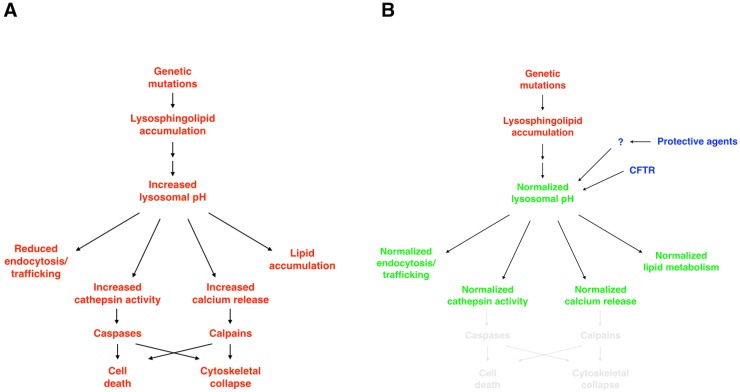Fig 10. Hierarchical targeting of lysosomal pH by candidate protective compounds reduces multiple lysosphingolipid-induced cellular dysfunctions.
We propose a model in which genetic mutations in resident lysosomal enzymes result in the accumulation of lysosphingolipids, which increase endolysosomal pH and consequently disrupt lysosome-dependent cellular processes, including endocytosis, ion homeostasis, lipid metabolism, and enzymatic activities. Candidate protective drugs—as well as direct activation of CFTR—converge on their abilities to normalize lysosomal pH, apparently through re-acidification processes, and reduce disruptions of downstream cellular processes, including survival and cellular division.

